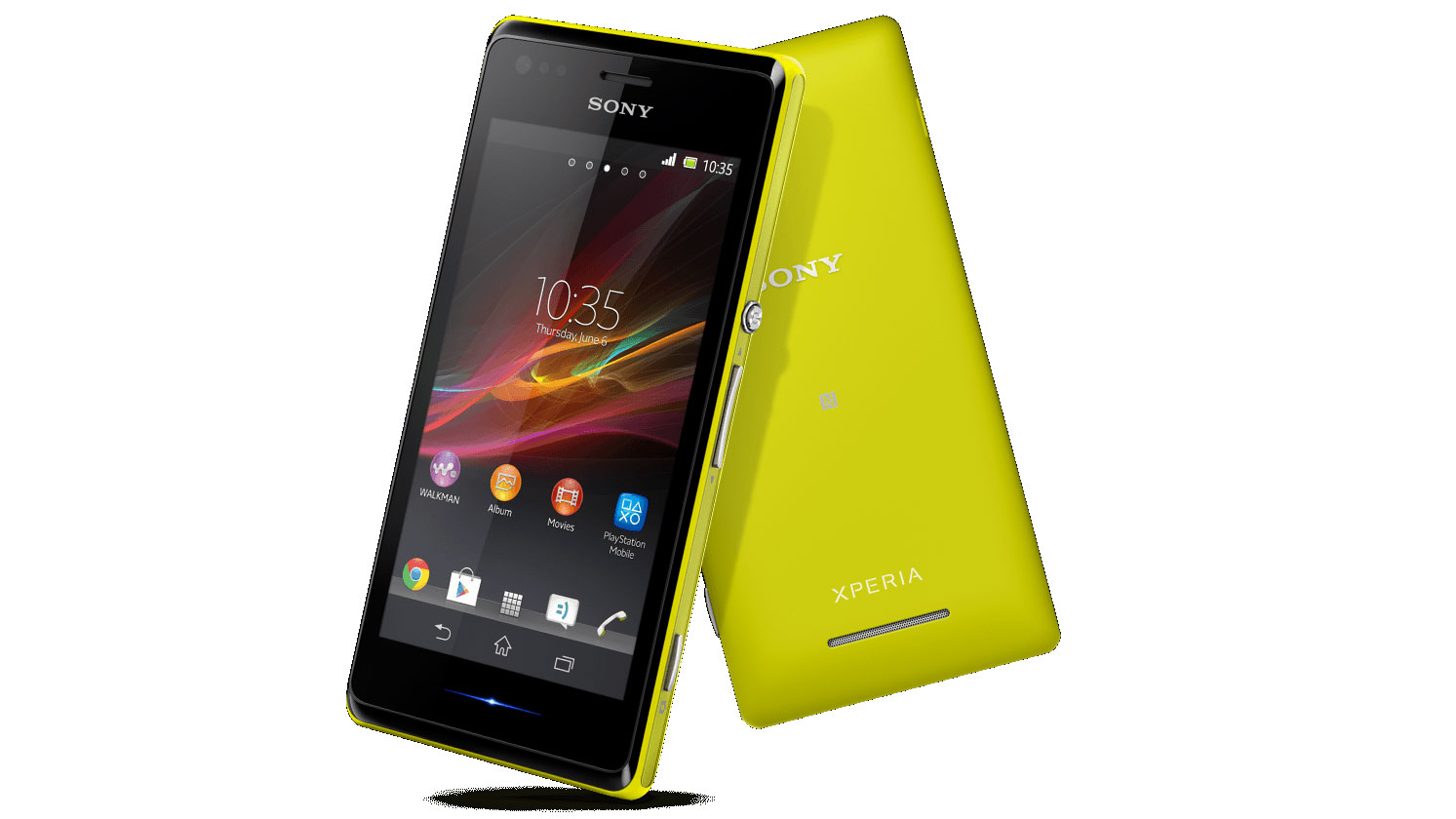Why you can trust TechRadar
Performance
As we hinted at in the previous section, the Sony Xperia M isn't the speediest smartphone on the market. That's thanks to its modest 1GHz dual-core Qualcomm Snapdragon S4 Plus processor backed by 1GB of RAM, which is a decidedly last-gen set-up.
Indeed, when benchmarked using the Geekbench 3 tool, we gained a pretty poor average multicore score of 625. This places the Xperia M in the company of the Samsung Galaxy Nexus and only a little above the Samsung Galaxy S2 - both of which were launched in 2011.
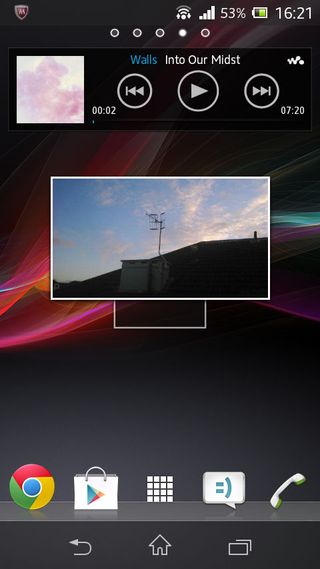
Still, in real world usage it's reasonably snappy. Games with advanced physics like Angry Birds Star Wars and rich 3D titles like Beach Buggy Blitz run quite smoothly, probably thanks to that undemanding sub-HD display.
There is a noticeable stutter that occurs as you transition between the seven default home screens, though. What's more, when those home screens feature advanced elements like the gallery widget, it takes a second to load up.
Of course, this is likely as much of an issue with the Android 4.1.2 Jelly Bean OS and Sony's custom UI as any hardware concerns.
Speaking of which, the Sony UI is as functional as ever. It's neither the most feature-rich nor the most attractive custom job on the market - those titles probably belong to Samsung's TouchWiz and HTC's Sense respectively.
But that's not necessarily a bad thing. Sony isn't in the habit of straying too far away from Google's stock Android approach with any of its revisions, and it works all the better for it.
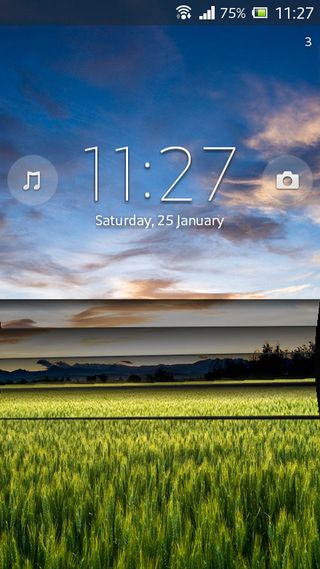
The notification menu looks and behaves similarly to the fine stock Android equivalent, while the lock screen is a tactile slide-up or slide-down affair, with shortcuts for the music player or, rather pointlessly given the aforementioned physical button, the camera.
There are default custom widgets for such things as weather, settings toggles (though this acts as a rather pointless shortcut to an expanded menu), a music player and the aforementioned gallery.
There's also a rather neat TrackID shortcut that lets you find out what's playing on the radio or from your neighbour's window using the Xperia M's mic.
It's a nice nod to Sony's music-centric Walkman past, which is also reflected in the name and design of Sony's music player app.
Battery life
Arguably the most impressive thing about the Sony Xperia M is its battery life. It's only a 1,750mAh unit, but it sure stretches a fair old way.
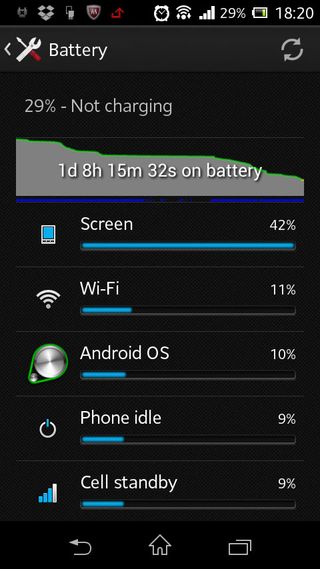
I easily cleared two days of moderate usage - checking mails, taking a few snaps, playing a couple of games and switching the phone to airplane mode over night - on a single charge, and with around 20 percent left in the tank at that.
Again, it has to be down to that small, low-res display that the Sony Xperia M can last so long.
A quick check of the battery usage tool during this period revealed that this power-hungry component was responsible for around 42 percent of power usage - and that was with the brightness whacked up to full.
It can't hurt that the Snapdragon S4 is such a power-efficient processor, and is clocked at a relatively low 1GHz (high-end smartphones tend to run at more than double that).
However, when subjecting the Xperia M to TechRadar's usual HD video battery test, the Xperia M was rather less impressive.
The test involves running a 90 minute 720p video, with the screen brightness cranked right up and all notifications on. The average remaining battery capacity of 72% wasn't exactly bad, but it didn't quite reflect the battery's strong performance in general usage.
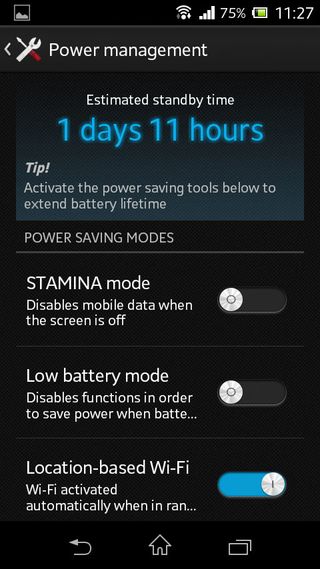
The Xperia M, then, seems to have been designed for those who aren't glued to their mobiles all day, and who don't use them extensively for media consumption. Which makes sense when you consider that display.
Sony also includes some extra power-saving options in the settings menu. Stamina mode will disable mobile data whenever the screen is off, while you can opt for Wi-Fi to turn on automatically when in range of a recognised network.
You can also customise a low battery mode, which can be made to kick in when the power level drops below 30%.
Screen brightness and timeout, vibrations, GPS and more can be tweaked according to your needs.
Also in the Xperia M's favour is that fact that you can remove and replace the battery by removing the back. Pack a fully charged spare and you'll be good for a solid five days of usage without the need of a power point.
Current page: Performance and battery life
Prev Page Key features Next Page The essentials and camera